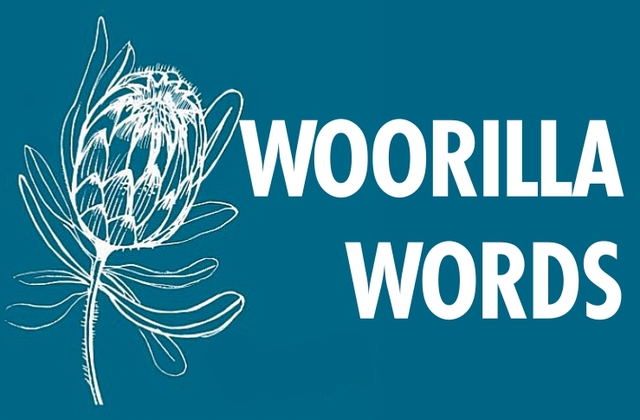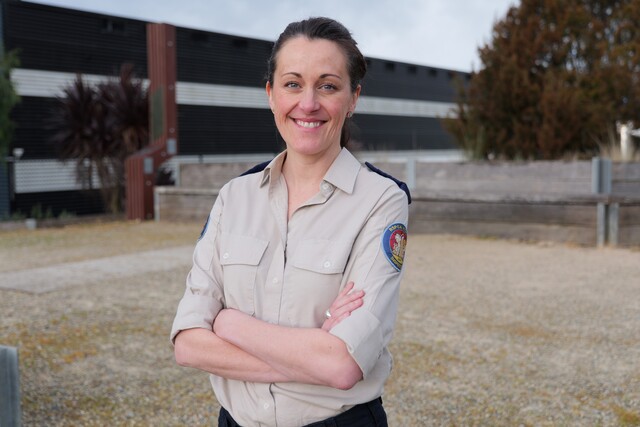For many Christians, this is Holy week culminating with Easter next Sunday.
It is a week of fasting and devotion as they follow the Christ story to Crucifixion and finally the Resurrection.
It’s the most important event on the Christian calendar, celebrated as a victory over death, a promise of new life.
However, in an increasingly secular society like ours, its religious significance has become lost.
But that is not to say we can’t imbue Easter with meaning beyond the Christian story.
After all its roots go long way back before Christianity to when people honoured the spring awakening of the world after a long winter with an emphasis on rebirth, fertility and life starting over again.
The word Easter is linked to Eostre, an ancient goddess of spring and dawn (according to some historians).
And this fits in with the Northern hemisphere’s spring, a season of new life.
Today Easter can be celebrated as a secular festival that’s good for overall wellbeing and one that extends beyond religious boundaries.
In a multicultural society we accept and embrace the diverse ways in which people celebrate Easter and indeed other religious observances such as Ramadan and Passover.
And this can foster unity and respect.
By embracing secular Easter traditions and cultural practices, non-Christians too can enjoy the festivities of this holiday season in their own unique way.
For most, Easter is now primarily a break from work, a chance to grab a last get away before the weather turns cold or a chance to catch up with jobs around house and garden.
And an opportunity to connect with friends and loved ones.
In Australia Easter, of course, comes in autumn, in those dying days of summer warmth that might feel more like a second dry season or a time of slower energy, not of dramatic leaf fall as in a northern hemisphere autumn.
Because Australian trees are mostly not deciduous there are only pockets across the country where exotic plantings put on a spectacular show of autumn foliage.
Nor does the season carry messages of new beginnings and renewal.
AD Hope in April in Australia contrasts the seasonal disconnect between Easter imagery and our southern hemisphere experience.
No resurrection here of budding green,
No lambs or daffodils. Instead we’ve seen
The dry leaves gathering under greying skies,
The wind’s sharp whisper as the daylight dies.
But we can still celebrate the transition of seasons and its bounty.
Those who have grown fruit or vegetables will understand what a friend called ‘the tyranny of the harvest’.
When all of a sudden you have picked or been gifted with all those autumn ripened fruit and vegetables like apples, grapes, pears, persimmons quinces, chestnuts, figs.
And whereas in the past you may have had the time and skills to turn this bounty into preserves, jams and pickles today it may indeed seem like added pressure in an already busy life.
At least enjoy the voluptuous beauty of autumn fruit: as a still life installation in your fruit bowl.
After Apple-Picking
by Robert Frost
My long two-pointed ladder’s sticking through a tree
Toward heaven still,
And there’s a barrel that I didn’t fill
Beside it, and there may be two or three
Apples I didn’t pick upon some bough.
But I am done with apple-picking now.
The colours of our Easter are not the pastel spring colours of the northern hemisphere but are rich, warm and earthy tones.
It’s a good time to go for a nature walk, noticing flowers, birds, or the shift in the season, collecting leaves, seed pods or just noticing changes: By honouring the natural cycle you’re live in helps you feel more connected and settled.
As Mary Oliver reminds in her poem Sometimes:(from her book Red Bird)
Instructions for living a life:
Pay attention.
Be astonished.
Tell about it.
In short: Even without religious elements, Easter in autumn can be a beautiful, uplifting time to reconnect with yourself, your people, and the world around you — a “soft reset” for the year.
For some there is still the ritual of breaking the fast with a traditional Paschal feast.
The Paschal Lamb is especially traditional in Mediterranean and Middle Eastern cultures and refers to a symbolic or sacrificial lamb associated with Passover (Hebrew: Pesach) and, by extension, Christian Easter traditions.
Some like the Eastern Orthodox traditions make special sweet breads: the Greek Tsoureki and the Russian high domed Kulich.
A traditional Australian Easter feast can vary depending on culture and family traditions, but there are a few common themes — For many Easter food has been reduced to barbeques, hot cross buns, chocolate eggs, bunnies and the occasional bilby.
But giving eggs can still be a positive bonding experience as this writer notes:
Crack them open — what you find
Is more than chocolate, sweet or kind:
It’s laughter shared and memories made,
A promise that dark nights will fade.
So too the experience of painting and decorating real eggs.
Part of the Easter experience for Christians and indeed in other religions during their festivals have been acts of kindness towards those in need or distress.
Not only confined to Christians, Muslims during Ramadan are expected to perform acts of kindness towards those in need.
Easter can be a time for celebration and reflection, transcending religious boundaries.
By acknowledging and appreciating the various ways in which people celebrate Easter, we can promote inclusivity, understanding, and appreciation for the religious, cultural and secular aspects of this holiday.
And we can all celebrate the season with its gifts and reminders that change is inevitable
It is hard to talk about Easter and autumn and not quote from probably the most famous poem about the bounty and beauty of this season and the gifts that nature gifts us.
From ‘To Autumn’ by John Keats
Season of mists and mellow fruitfulness,
Close bosom-friend of the maturing sun;
Conspiring with him how to load and bless
With fruit the vines that round the thatch-eves run;
To bend with apples the moss’d cottage-trees,
And fill all fruit with ripeness to the core;
To swell the gourd, and plump the hazel shells
With a sweet kernel; to set budding more,
And still more, later flowers for the bees,
Until they think warm days will never cease,
For summer has o’er-brimm’d their clammy cells.







